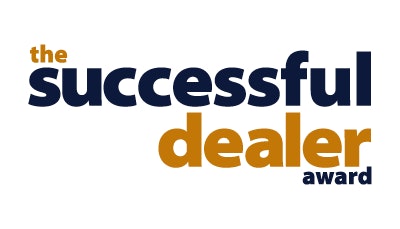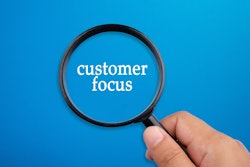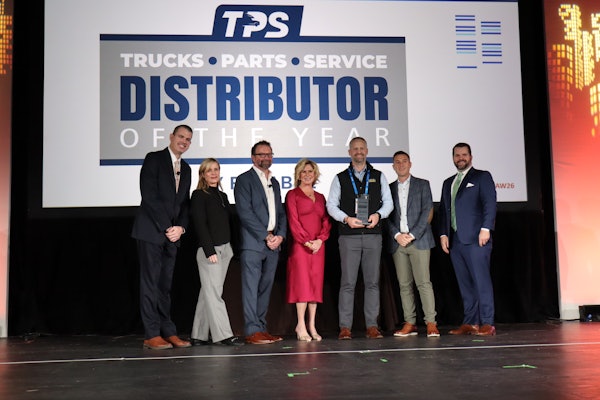
Good companies spend thousands upon thousands of man hours each year working to add business, trying to find ways to acquire new customers or generate more sales with existing customers. It doesn’t matter the market or industry; in business, growth is always the name of the game. But not every variable that impacts a company’s bottom line is represented by top line growth.
Selling a $100 part to two distinct customers doesn’t always net the same profit margin because the experience servicing those two customers is unlikely the same. While most customers are cherished partners; others can be a real pain in your [term for male donkey].
In an industry where customer service is so vital yet also so exhausting, dedicating resources to ungrateful and unprofitable customers is extremely frustrating. The good news is there’s no rule of business that says you must serve everyone.
Addition by subtraction isn’t just a cliché. Some customers actually are more trouble than they’re worth.
By taking time to evaluate and, if necessary, sever relationships with your most burdensome customers, you can mend weary partnerships, improve employee morale and strengthen your bottom line.
Wondering who is going to win our Successful Dealer Award?

Identify problem customers: The 80/20 rule exists for a reason. Some customers are incredibly profitable. Others might not lead to huge profits but if they’re loyal and low maintenance they still have value. It’s the customers who fight price on every part, give your associates a hard time and are slow to pay who should be identified as problems.
Yet, even among this problematic group, no two customers are the same. Customers who demand a unique level of service may be frustrating, but if they ultimately buy from you and accept your prices and payment structure, they’re probably not customers you’d want to walk away from.
Recognizing the differences between customers who are demanding from those who are unprofitable is key. You don’t want to a cut a customer you could rehabilitate, says Kevin Holmes, president, Advantage Truck Group.
Develop a path to improvement: With difficult and unprofitable customers, efforts should be made to improve your relationship before severing the customer from your business. While some customers are challenging from Day One, other customer relationships atrophy over time. Proactively engaging in discussions with customers can uncover reasons why partnerships go sour, Holmes says.
Paths to improvement can take many forms. With transactional, price conscious customers, convincing them to purchase parts based on lowest total cost of ownership opposed to lowest up-front cost could reduce their downtime and increase your margins.
With customers who are more abrasive or discourteous, a shift in sales messaging and increased focus on their operational challenges could soften a rough edge. The key is to create a solution that makes the customers’ lives easier while also reducing their negative impact on your operation.
“We are seeing more and more where some customers are becoming increasingly transactional and we understand that. With COVID, everyone is carefully watching their expenses,” Holmes says. “What we’ve been trying to do is take them from being transactional to showing them how we can add value.”
Meet with the customer: This is likely the toughest step for most businesses because it forces you to confront your problem customers. It takes what has, to this point, been an internal one-sided evaluation and brings in the other side.
Dealers who have been through this process say it is best to enter these dialogues with the customers’ feelings in mind. To reassure them that despite the challenges they may present, ultimately you still want to keep those customers as partners.
HK Truck Center President Hank Knabe and Chief Operating Officer Vanessa Ciervo say they’ve had some of these conversations with customers due to payment issues and poor customer attitudes. Knabe says most of the customers have been ultimately grateful for the conversation, though not always immediately.
“Many of the customers we’ve walked away from have asked to come back. Some we’ve brought back on our terms. Others we told them we just couldn’t do business with them anymore,” Knabe says.
Evaluate their performance: Once customers are put on alert, they should be carefully monitored to see if they evolve to become a more valuable partner. While some customers are quick to course correct, others may begin a path to improvement before falling back into bad habits. Some won’t change at all.
How long you choose to monitor a problem customer is up to you. Because every customer is different, how much leeway you’re willing to give each one likely varies. No matter what parameters you choose, make it clear to your team and the customer that a degree of progress is expected within a certain time period for the partnership to continue.
Yet dealers also note during this period it’s important to continue serving the customer well. You can’t expect a customer’s actions to improve if your level of service falls. Holmes reiterates the goal is to motivate them to improve, not to drive them away.
Take decisive action: Even when encouraged to evolve, some customers don’t change. You shouldn’t wait forever for a bad customer to turn a corner. If it’s clear after a predetermined period of time that a customer is unwilling or unable to be more cordial and considerate to your employees and your business, you should pull the plug.
Notify the customers that while you’ve valued their business over the years you can no longer serve them. Don’t be rude or demeaning but do be honest. Let them know their actions have consequences. If the steps taken above don’t wake them up, this action might.
Knabe says it took years for him to accept that HK Truck Center would be better off walking away from some unprofitable customers. “When you’re running a business it’s counterintuitive to think about getting rid of any customer,” he says.
But over the time the research he and Ciervo did into their customer base made it clear that, as Ciervo puts it, “some of our relationships weren’t benefiting us as they existed.”
Eventually, Knabe was swayed to pull the plug on some of HK’s biggest headaches. Since doing so, he says many of those same customers who were jettisoned have come back desperate to repair their relationships.
“Once they went out into the market to see how other businesses operate, they realized how hard we were working for them,” Knabe says.










